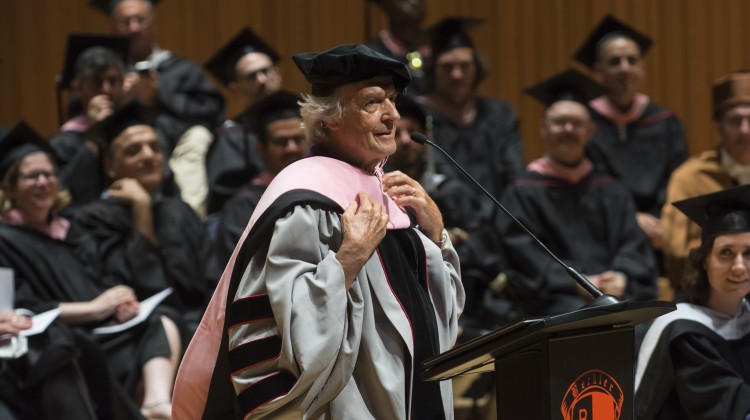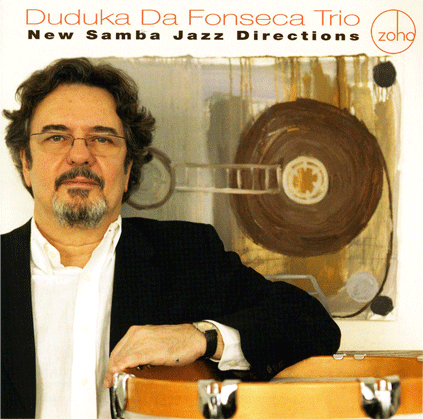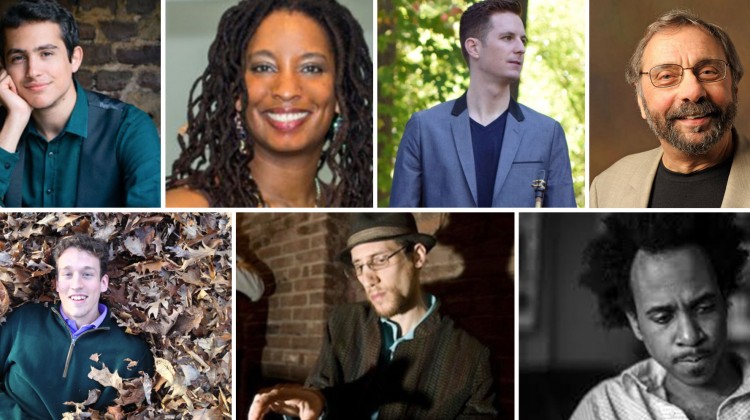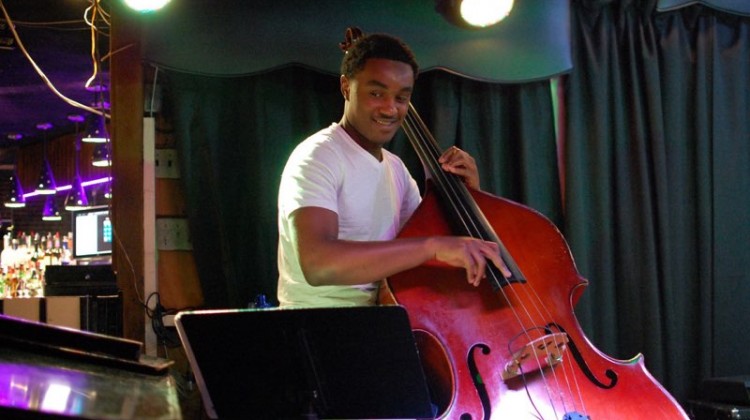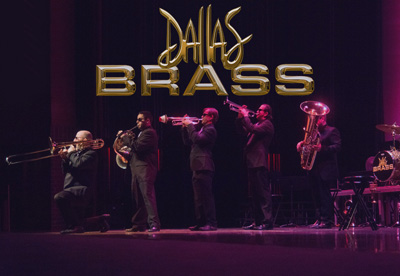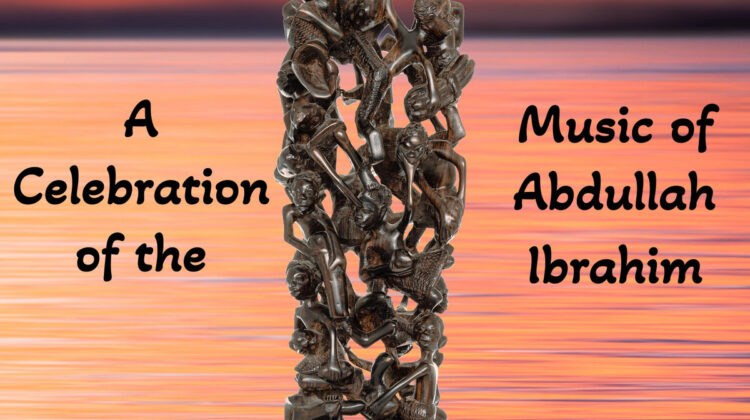Terri Lyne Carrington’s life is characterised by a wealth of textures. She’s led a glittering career as a drummer of choice, operating in top-drawer jazz circles from her early teens. Alongside this, she’s been a notable composer, and artistic director of the Beantown Jazz festival and the Berklee Summer Jazz Workshop.
On ‘The Mosaic Project’, Carrington’s new release on the Concord label, the professor of jazz studies at Berklee College of Music marshals a historic ingathering of female jazz talent. Young siren singers like Gretchen Parlato appear together with older divas like Nona Hendryx, Cassandra Wilson and Dee Dee Bridgwater. The ladies of jazz song join forces with some of the most notable instrumentalists of the fairer sex: trumpeter/flugelhornist Ingrid Jensen throws it down in the company of pianist Geri Allen, bassist (and 2011 Grammy winner) Esperanza Spalding, and Wayne Shorter-influenced Tineke Postma.
Many large-scale jazz projects have a tendency to lose the discerning listener amid the aural sprawl; ‘The Mosaic Project’ successfully dodges the pitfalls through its consistent architecture and unity of socio-historical purpose. There is something in the recording to appeal to a broad platform of cogniscenti, whether it’s the loping hip-hop of ‘Sisters on the Rise’, the haunting percussive insistence of ‘Echo’, or the dizzying swing of ‘Insomniac’.
Terri Lyne Carrington shares her thoughts on the way the recording was put together, and illuminates other aspects of her creative process along the way.
John Stevenson: ‘The Mosaic Project’ documents the very considerable artistry of 20 of the world’s foremost female instrumentalists and vocalists. How long did it take you to put this opus together from conception to finished product?
Terri Lyne Carrington: Well, I started thinking about it a year before we actually recorded it. It was recorded in June 2010, and released just for the Japanese market in the fall, and now finally worldwide. But it took about six weeks to complete once I started recording.
JS: Prof Angela Davis’s commentary at the beginning of ‘Echo’ is as powerful and as evocative as Diane Reeves’s vocal treatment. The continued injustice committed against so many people of African descent is indeed deeply disturbing. The driving Afro-Cuban pulse provides just the right kind of spirit to convey the gravitas of the message. Did you intend for this musical mosaic of yours to carry a political tone?
TLC: Yes, when I chose that song, which was written by Dr. Bernice Johnson Reagon, founding member of Sweet Honey In The Rock, I knew it was politically charged. This song brings together three women that were very instrumental in my development as a young woman. Bernice, Dianne and Angela, so I am most proud of this piece on the recording, and everyone plays so great on it too. I love the energy and drive of the conga drums on this from Sheila E as well. I believe music should reflect society – past or present – and should help to bring about more social and political conscious thought. The ‘airwaves’ are sacred; it is our duty to be meaningful.
JS: Dee Dee Bridgewater’s sassy vocals on ‘Soul Talk’ are set against a quirky odd-meter which gives way to a Latinised middle-section. It’s totally fascinating! How did you come up with this piece? Did Dee Dee flow easily with it?
TLC: Originally, I wrote this song much more simply, and with a 4/4 time signature. I then felt it was a little too ‘normal’ for this CD and re-arranged it, but Dee Dee only heard the original arrangement before the [recording] session. So when I played her the new one, she was surprised for sure and we did not have a lot of time, so she probably called me a few bad words … but she is a consummate professional and has great ears. She jumped on board quickly and attributes her ability to do that from her work with West African rhythms… When you just listen to the melody, I feel it was tailor-made for her.
JS: Its great to see so many women performing, running the gamut of young to not-so-young, to Black, White, Asian and everything in between. Did some egos manage to slip past the door?
TLC: There was absolutely no problem with egos. Most of these people are people I have known and have been close to for many, many years, so I was not concerned about egos or anything that would add stress to the project. Everyone knew I was working hard to accomplish this and was very supportive. I am fortunate. And we were trying to do a lot in very little time, but remarkably, everyone stayed in good spirits and gave 200 percent. You can hear that in the result…
JS: Do you plan to tour with some or all of the material on the CD?
TLC: I plan to do some gigs that would feature a scaled-down version of this project, with a singer or two and a 5-piece band. And if someone is not available, I would choose either a male or female for a replacement because men can celebrate female artistry too!
JS: Tineke Postma is perhaps not as familiar to jazz fans as other more famous jazz ladies, Carmen Lundy and Patrice Rushen. Postma usually performs with great verve on tenor and soprano saxophones. You and her really click like Tony Williams and Wayne Shorter. How and when did you meet up with her?
TLC: Tineke plays alto and soprano on the CD, and she is one of my favourite players. I met her when she was going to college in New York, and was in an IAJE program called Sisters in Jazz. I coached them at a conference once, and then she asked me to write liner notes for her first CD. Then she requested that I play on her second, third and fourth recordings as a leader. She is a true talent with so much potential. I am happy to be here for the start of her career.
JS: You and Cindy Blackman were among the first female drummers I was exposed to back in the 1980s. I am certain that there are other young women out there wielding the drumsticks – but not in very large numbers. What do you think accounts for this dearth?
TLC: I think women have not been socialized to play drums or other male-dominated instruments. I do not think it is natural for us to hit things, so if we are not encouraged to make music or be creative in that way, then it may not be as much of a natural choice either. But now more and more women are playing. I see a lot now. I think that is great. Women bring something different to the instrument if they are accepting of, open to, and respectful of their feminine aesthetic. Women and men are different, yet both possess each other’s qualities as well. So it is the balance between these things that makes powerful, sensitive statements. That balance is where most of us live in our daily lives. Our music or artistry should not be disconnected from our lives or ourselves. I see three vital connections while performing: 1) with myself, and the instrument, in order to be ‘at one’ with my vessel: 2) With the other musicians I am playing with, so that this common language unifies and makes us even forget our differences: 3) with the audience or listener. This is a most important exchange as we feed off of each other. It can be inspiration, a life connection, a healing. It is a beautiful exchange of energies.
JS: In a recent interview, you were concerned about the way some of your students articulated on the drumset, particularly the way they played the ride cymbal and the snare drum. Related to this, would you say there is a lack of appreciation for the subtleties and finer nuances involved in both the trapset itself and in playing the drums?
TLC: Yes, I would say you are right about that. I actually use those very words in some of my classes. I say that the difference between a good drummer and a great drummer is subtlety and nuance. If a young drummer is playing loud and strong all the time due to the genre they play in, then it is nearly impossible for them to be attracted to playing with fine nuance. And if you do not play with good articulation then I cannot hear what it is you are playing. I can only hear your intention when it is there, if not then it becomes something else, which can be cool too, but not cool if it is due to a lack of skill and not a musical choice. I have my students practice everything they do, as loud as they can and as soft as they can. One has to control the instrument at all volumes.
JS: Earlier this year, when Esperanza Spalding won the Grammy award for Best New Act, edging out Justin Bieber, the jazz world rejoiced, but the pop establishment felt hard done by, to put things rather mildly. There is still a belief in some quarters in 2011 that female jazz instrumentalists don’t occupy the same pedigree as their male counterparts. Why do you suppose this prejudice still persists?
TLC: I am not sure. It is still novel in some eyes to see women instrumentalists. I am even sometimes pleasantly surprised to hear a new great female instrumentalist. I think people have to work at and be conscious of their inherent sexism or racism or whatever has been conditioned in our collective psyche over time. And honesty is very important in this process, understanding why we feel the way that we feel, and having understanding and compassion for others as well. This is the best answer I can give to this question, as I am not a sociologist. But this question reaches far greater than the music business. It is something we should all ask ourselves in daily life, in broad terms.
JS: In an era of rapidly diminishing CD sales, Internet piracy, and an upended recording industry, how do you manage to keep the jazz flag flying? How do you encourage younger artists, male and female, to do battle with the contrary economic winds?
TLC: I think once you have been bitten by the jazz bug, it is not such a choice anymore. If you have been exposed to something that resonates within your soul, then you naturally become a promoter and champion for the cause. It ceases to be about financial reward or fame and glory, it is a tradition to uphold, a gift from our ancestors. The high art of jazz may not be for everybody, but there are a lot of people in the world who love and appreciate it, so we try to embrace the ever changing atmosphere and form it is presented in and understand that it evolves too, as jazz means many things to many people. But it’s all about exposure and choices. With exposure, a person can make intelligent choices to suit their tastes, and which serves their life.
JS: How do you manage to balance the twin vocations of teaching and performing jazz music?
TLC: This is something I was afraid of because I never wanted the teaching to begin to dominate my life. But as you have indicated, balance is the key. I still play a lot, just not long tours like I used to do. Short outings, but still quite a bit. I get a different satisfaction from both. Teaching is one on one and that exchange is beautiful and I can immediately see and feel the effect of that. Performing is a charge that has always energized me and I need that as well, and it is an opportunity to affect the lives of many (if even just a moment in their life) and that is a great feeling. I will always find a way to do both.

